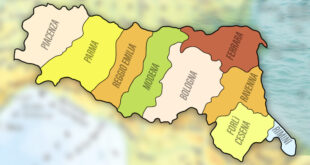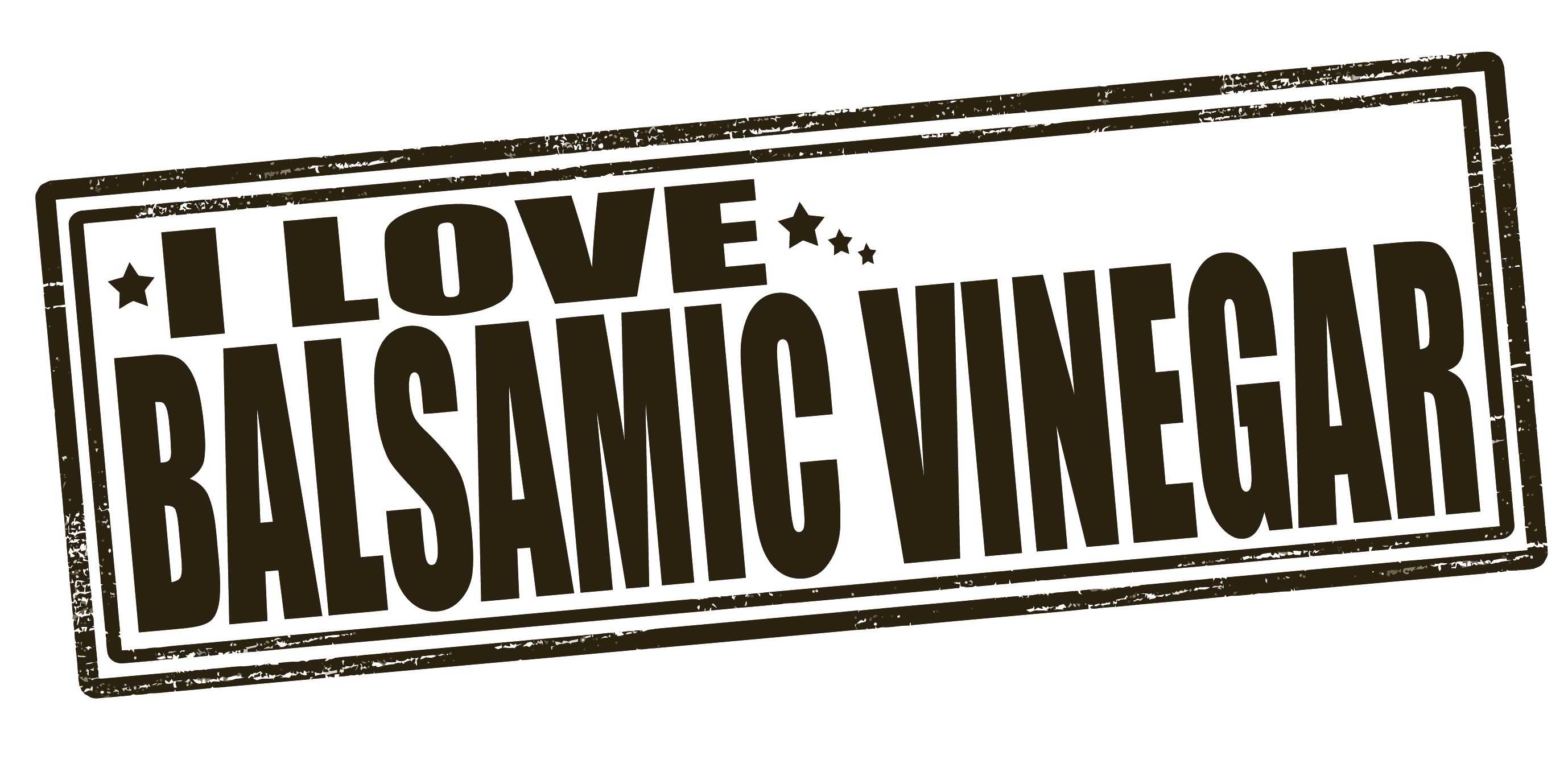Today we want to share with you a Balsamic Vinegar vocabulary! This will let you know something more about the terminologies used in the world of Balsamic Vinegar, that cold be helpful for you someday or simply that will make you put you in a good display in front of your family and friends!
First of all, the first terminology of our Balsamic Vinegar Vocabulary is VINEGAR, we really want to start form the basis, so here is the definition:
The well amalgamated the acetic component coming from controlled fermentation of sound and selected wines is completed with other components of the balsamic vinegar so to find it always in the product but not distinguishable as it happens in case of mixture.
In addition, this part here is about the taste, because you can perceive this characteristics when you taste and use Balsamic Vinegar:
BITTER:
The typical back-taste of a vinegar because obtained from not- matured grapes.
SOUR:
Some vinegar, while tasted, produce a typical sensation of tactile oral astringency reaction.
WINE – TASTING :
You can perceive the presence of volatile component of wine because of an unsuitable and uncontrolled acetic fermentation.
SPREED:
The fragrant component relative to the slow liberation of the various components (grape, must,vinegar, wood).
ALDEHYDES:
The fragrant volatile fractions are a precious recovery in the Balsamic Vinegar. They mark a vinegar where have been preserved the nobler fraction of the wine. We need very sophisticated instruments to avoid the dispersion in the air and therefore their concentration. In addition, you can feel it at nasal level after expiration.
WOODY BOUQUET:
In the olfactory test, vinegar maybe is able, when possible, to evoke the typical smell of the wood (casks of aging).
COLOR:
The product must be brown, bright and vivid in the visual test. Hence, to the light it must not show turbid, turbid rather limpid. Furthermore, the reflexes often assume iridescent coloring.
SWEET:
The pleasant taste of the Balsamic Vinegar, without being exactly sugary, since it does not stand out the typical qualities: bitter, stinging.
FULL OF DREGS:
The typical smell of a vinegar obtained from mud of wines.
TURNED TO VINEGAR:
The addiction of strong alcoholic wines product, therefore heterogeneous and not amalgamated in its characteristics. As a result, you can feel irritation of soft palate.
CLEARNESS:
To the light it must not appear cloudiness and either small suspended elements.
METALLIC:
The typical taste of a wine or a vinegar that did not passed thorough stainless steel surface (machinery, pipes made of iron, copper, bronze or other metals)
MOLD:
The typical flavor of a Balsamic Vinegar obtained from fruits in which a big quantity of fungus and yest is developed. This is due to the fact that grapes have been stored for long time in humid rooms.
EXTINGUISHED:
The typical flavor of a Balsamic Vinegar without personality. You can find this characteristic in a vinegar which has not received a proper check in the production and seasoning phase. (You may have aged vinegar but extinguished).
MATURED:
The characteristic flavor of all fragrant fractions when preserved. The raw material used in the processes enables to obtain a Balsamic Vinegar that begin a slow fermentation therefore, favoring the formation of noble molds.
LIVELY:
The characteristic perception where all components show themselves in a well balanced proportion.
OLD:
The characteristic perception of a Balsamic Vinegar which has experienced an enzyme lysis of chemical and physical components.
SUGARY:
Especially relevant, the characteristic perception of a vinegar obtained by adding sugars different from must of grapes. You can feel this sensation in the preceding region of the tongue.
In conclusion, we really hope that this Balsamic Vinegar Vocabulary may be helpful for you or at least has increased your curiosity about the world of the Original Balsamic Vinegar.
L-Originale Traditional Balsamic Vinegar of Modena: www.l-originale.com
 Use Balsamic Vinegar All you need to know about Balsamic Vinegar of Modena
Use Balsamic Vinegar All you need to know about Balsamic Vinegar of Modena



